Antony hops aboard the Jamis Dakar, a full suspension bike that won’t empty your wallet.
If you’re a regular reader of this website, you’ll probably notice that we feature a lot of very posh spangly bikes. And when you think about it, that’s quite understandable. When the folks at a bike company have an exciting new model, they often send out the fanciest incarnation of it to media outlets in the hope that we’ll enjoy riding it more. Imagine this scenario: you’re an impecunious MTB journalist, you’ve resigned yourself to earning a pittance in exchange for the chance to ride really nice bikes, and a £6k carbon wonder machine turns up in a box with your name on it. What would you do, send it back?
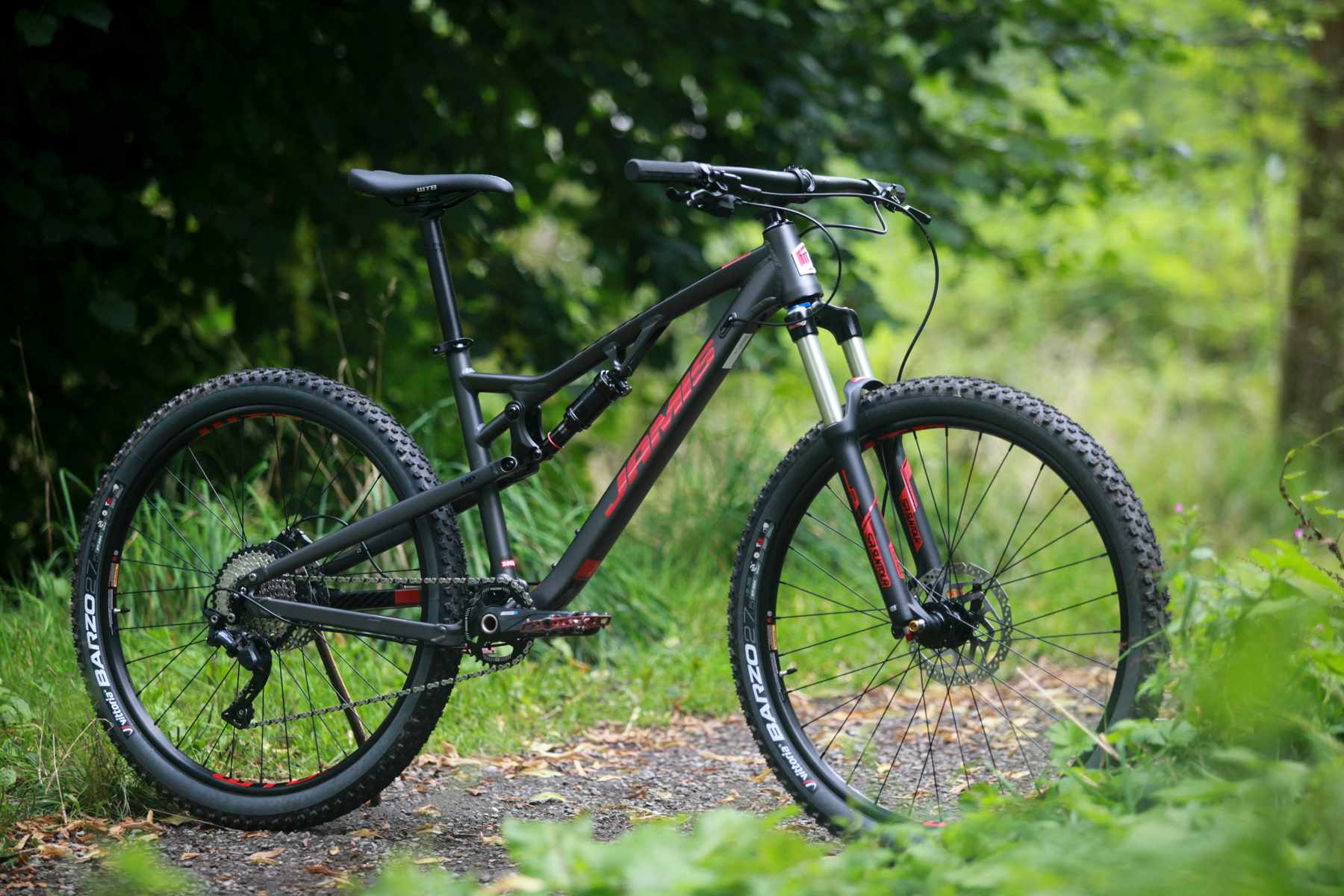
While it’s perhaps inevitable that there is a bit of a focus on the blingier end of the spectrum, we also know that the aforementioned six grand affluence-chariots are a tiny fraction of the overall mountain bike market. “What first full susser?” is a much more frequently asked question than “XTR or X01?”. So if one comes our way, we’ll happily let you know what we think.

The Jamis Dakar A2 is a model that’s exclusive to Evans Cycles in the UK. As one of the bigger players on the UK bike shop scene, Evans has been hit by the general move away from bricks-and-mortar shops to online sales, and they’re now owned by the same parent company as Sports Direct. Fortunately they haven’t disappeared from the UK’s high streets completely, as their in-house brands – Pinnacle for example – tend to offer a lot of bike for a modest amount of cash.
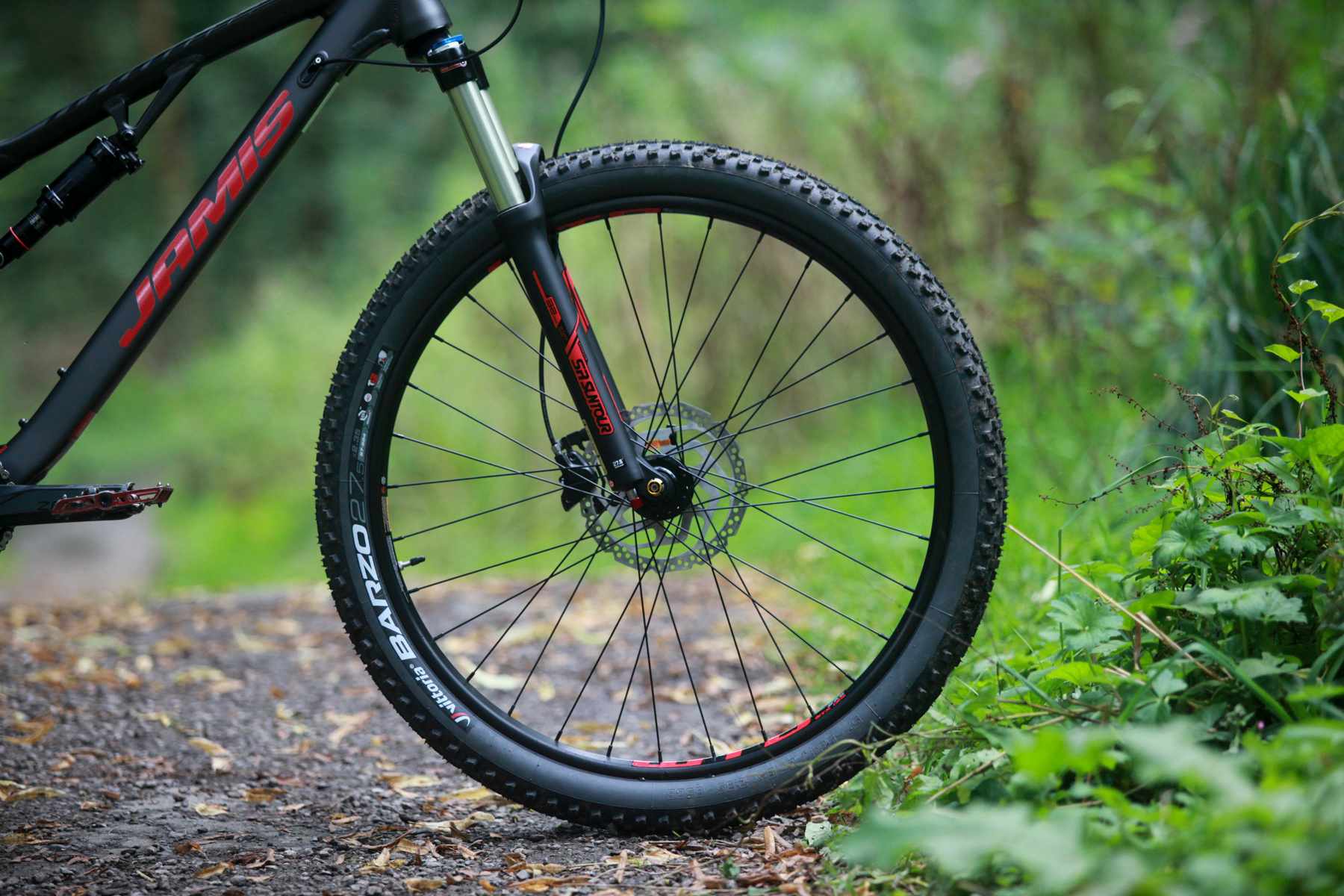
This model of Jamis Dakar certainly promises a good fun to finance ratio. It retails at £1100, and at the time of writing is currently on sale for £880, making it easily one of the lowest-priced full suspension bikes to grace this website.
For that, you get a tidy-looking full susser with 27.5” wheels and 120mm of travel at each end. Bumps at the front are dealt with via an SR Suntour Raidon Lo fork. Whacks at the back are taken care of via a Rock Shox Monarch R shock. Both suspension units are decidedly no-frills. The shock lacks any external adjustment apart from a rebound control, and the fork has a 1.125in steerer that doesn’t match the frame’s tapered head tube, but at least this keeps the door open for future upgrades.
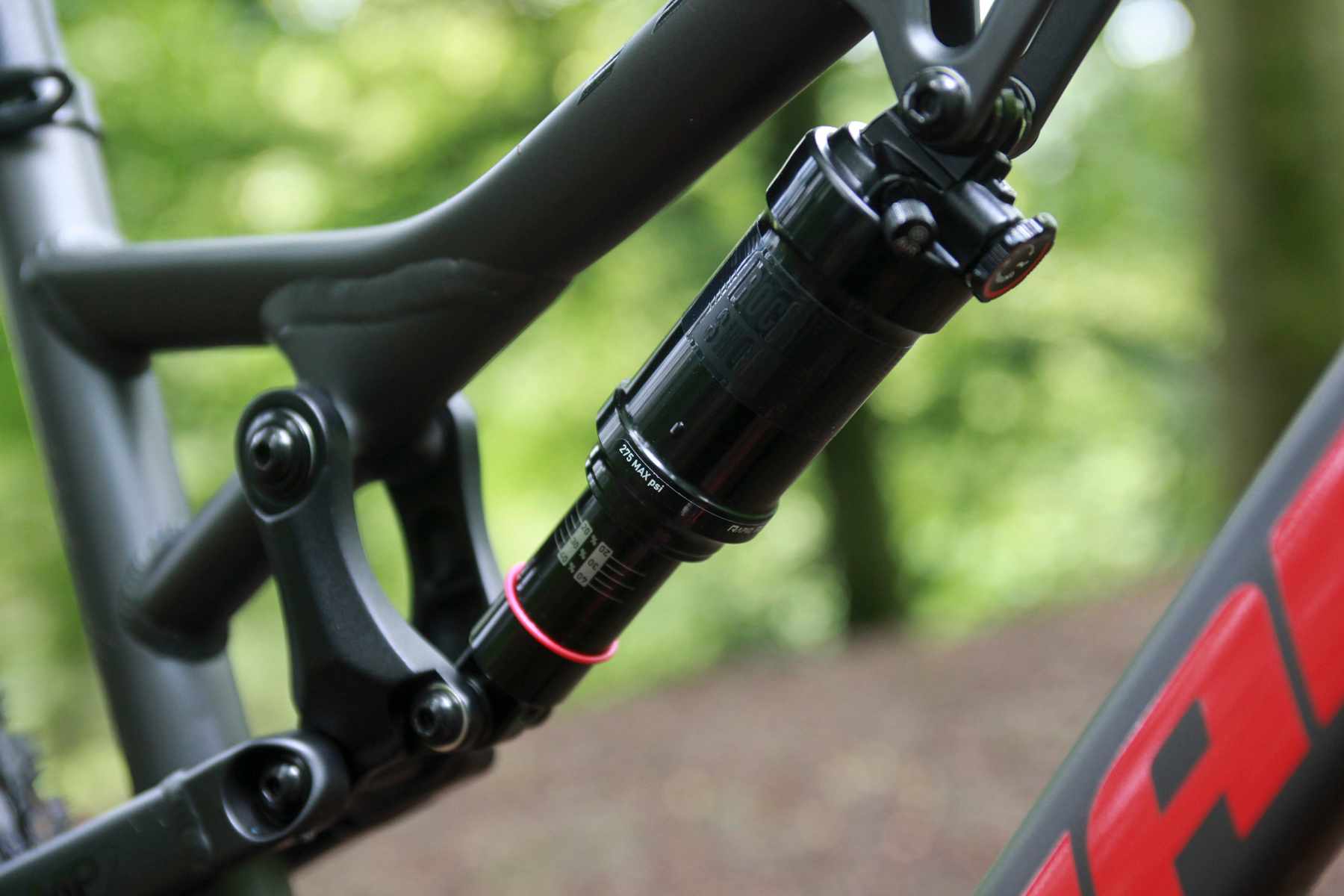
The frame itself may have an unexciting grey paint job, but the profiled tubing looks like a decent amount of design has gone into it, and the frame as a whole is very nicely finished, with neat details like alloy port covers for the internal cable routing. The frame uses a familiar linkage-driven single pivot design, with cartridge bearings. There’s a proper 12mm rear axle for stiffness, and enough room for a bottle cage in the front triangle. It’s non-Boost (as are the forks) but other than that it looks like it could have come from a much more expensive bike.
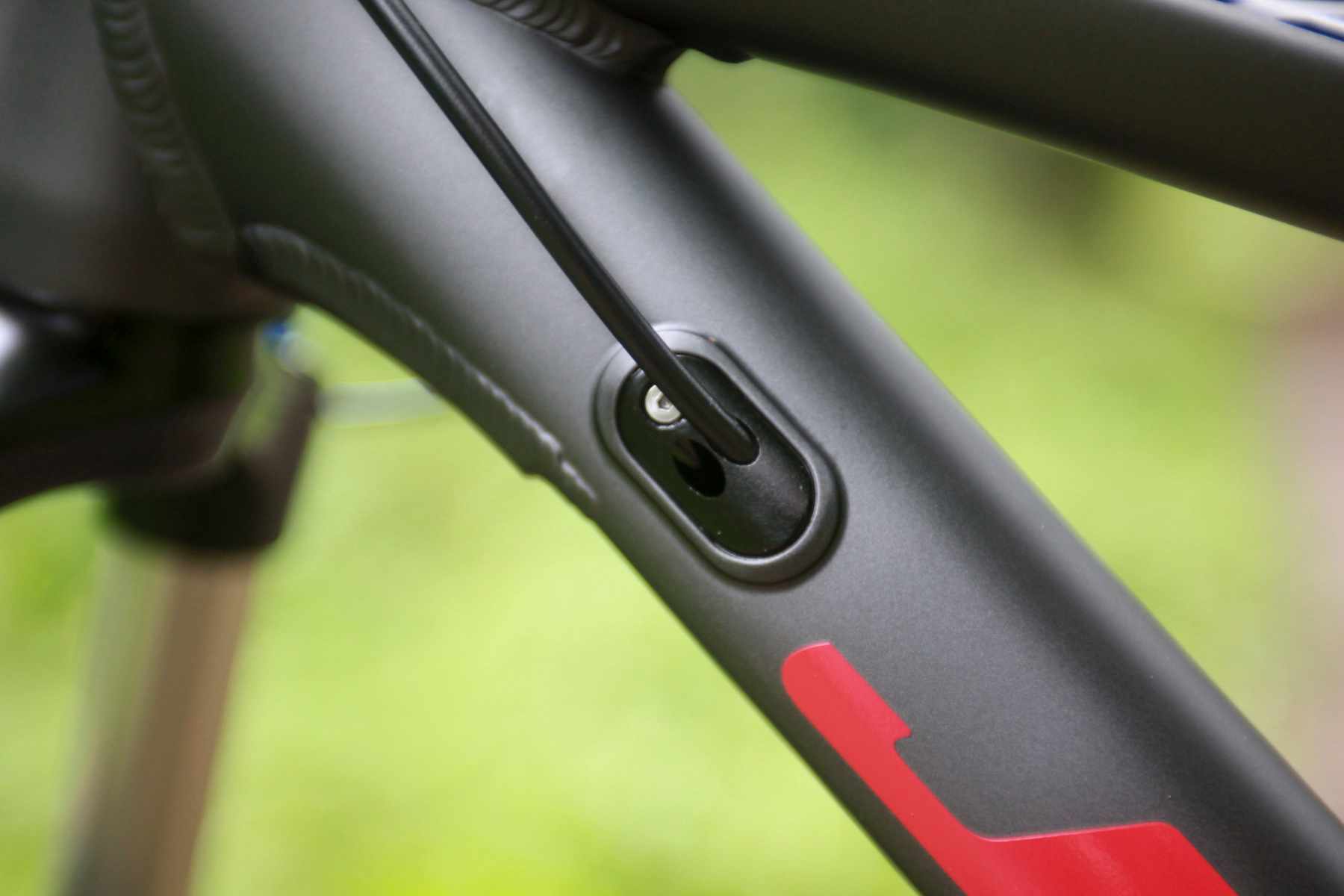
The finishing kit is also quality stuff, with a Race Face handlebar, stem and seatpost. You don’t get a dropper post for this price, although the frame has internal cable routing for one, and I did fit one for this test. If you’re on a tight budget, the Jamis Dakar does come with a quick release seatpost clamp, and the seat tube is straight enough to drop the saddle a decent amount. The contact points are some decent unbranded lock-on grips, and a WTB Volt saddle, a model which is fairly ubiquitous on complete bikes at the moment. I get on OK with these but there are plenty of other decent cheap saddles if you don’t.
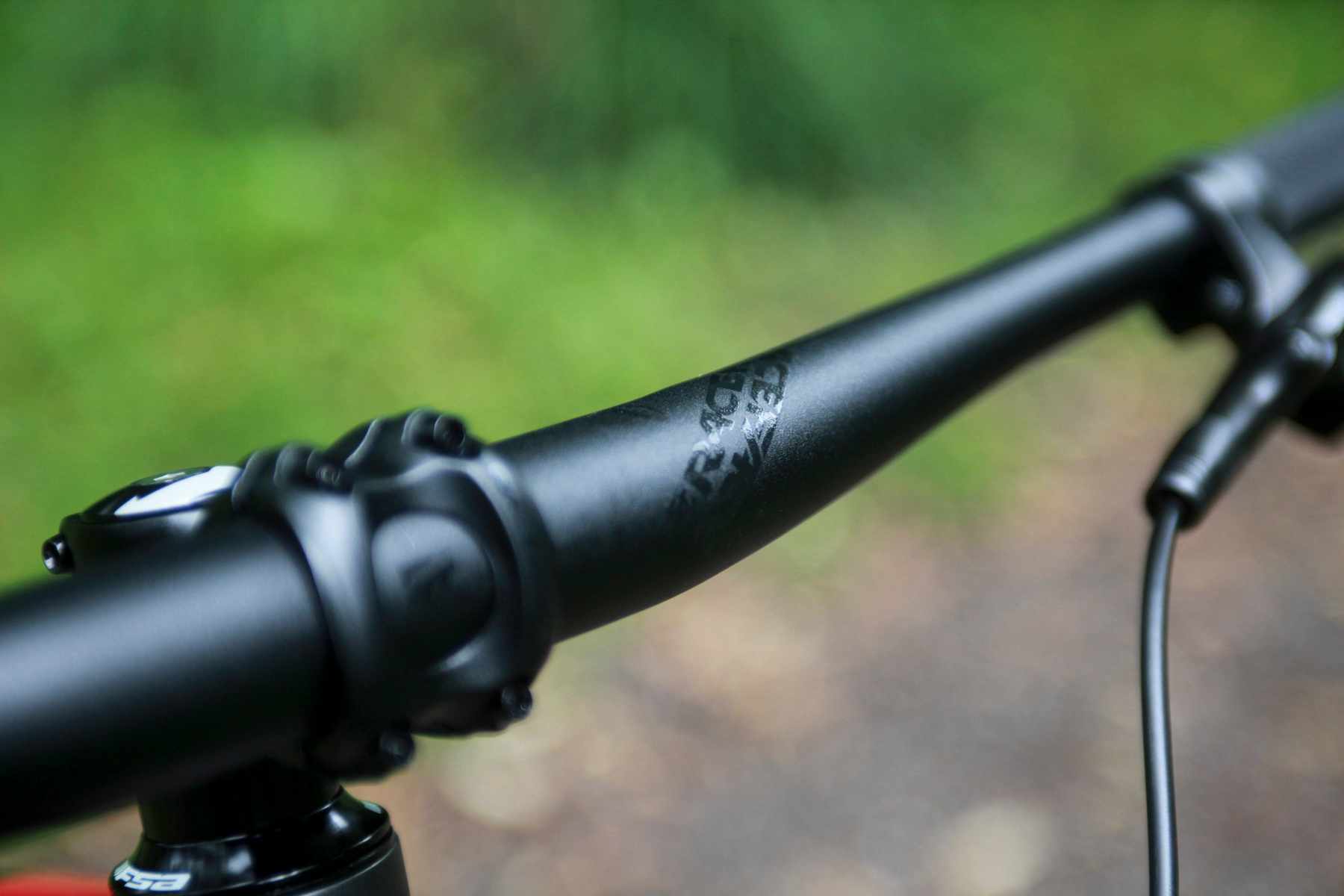
The Dakar rolls on 650B wheels , with WTB STX i125 rims laced to Formula hubs. The rims are tubeless ready and have a decent internal width, plumping up the tyres for extra traction. The wheels and use the standard 32 spokes, so even if you pringle one you should still be able to save it. The Vittoria Barzo tyres have a fast-rolling low-profile tread and are also tubeless ready, as well as having grey sidewalls that matches the frame.

The geometry plays it safe with a 68 degree head angle and a 75 degree seat angle. Reach on a medium size bike is modest, but the wide bars help stop it feeling cramped.
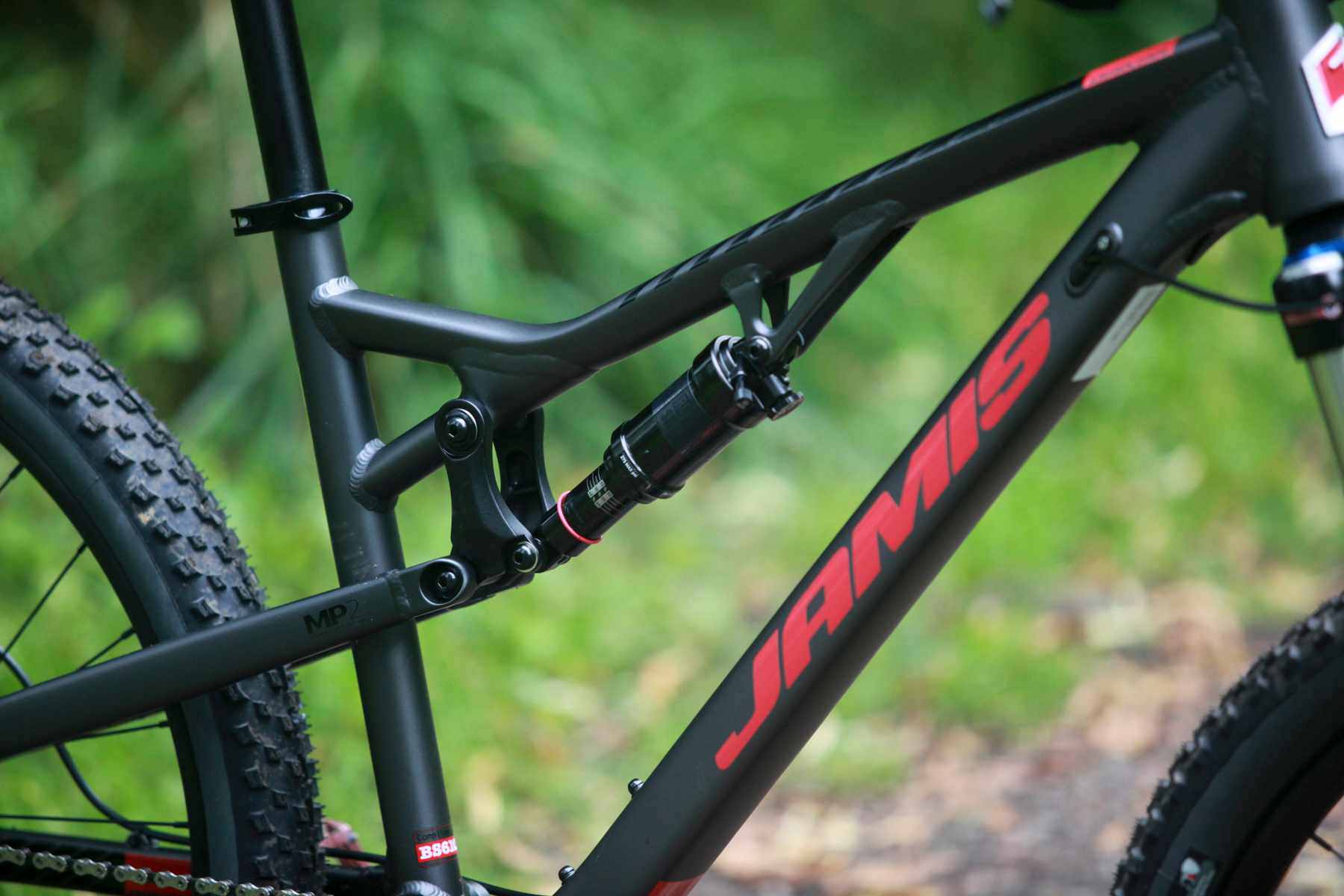
Drivetrain is a proper 1x setup, with a Shimano Deore 10 speed shifter, a clutch-equipped Deore rear mech, and a 46T Shimano cassette. The SR Suntour Duron cranks use an external bottom bracket, rather than a cheap square taper model, and come with a 32T direct-mount ring with a chain-retaining profile. There’s no provision to fit a front mech, but with the bottom gear available you should be able to get up most things with a modicum of grunting.
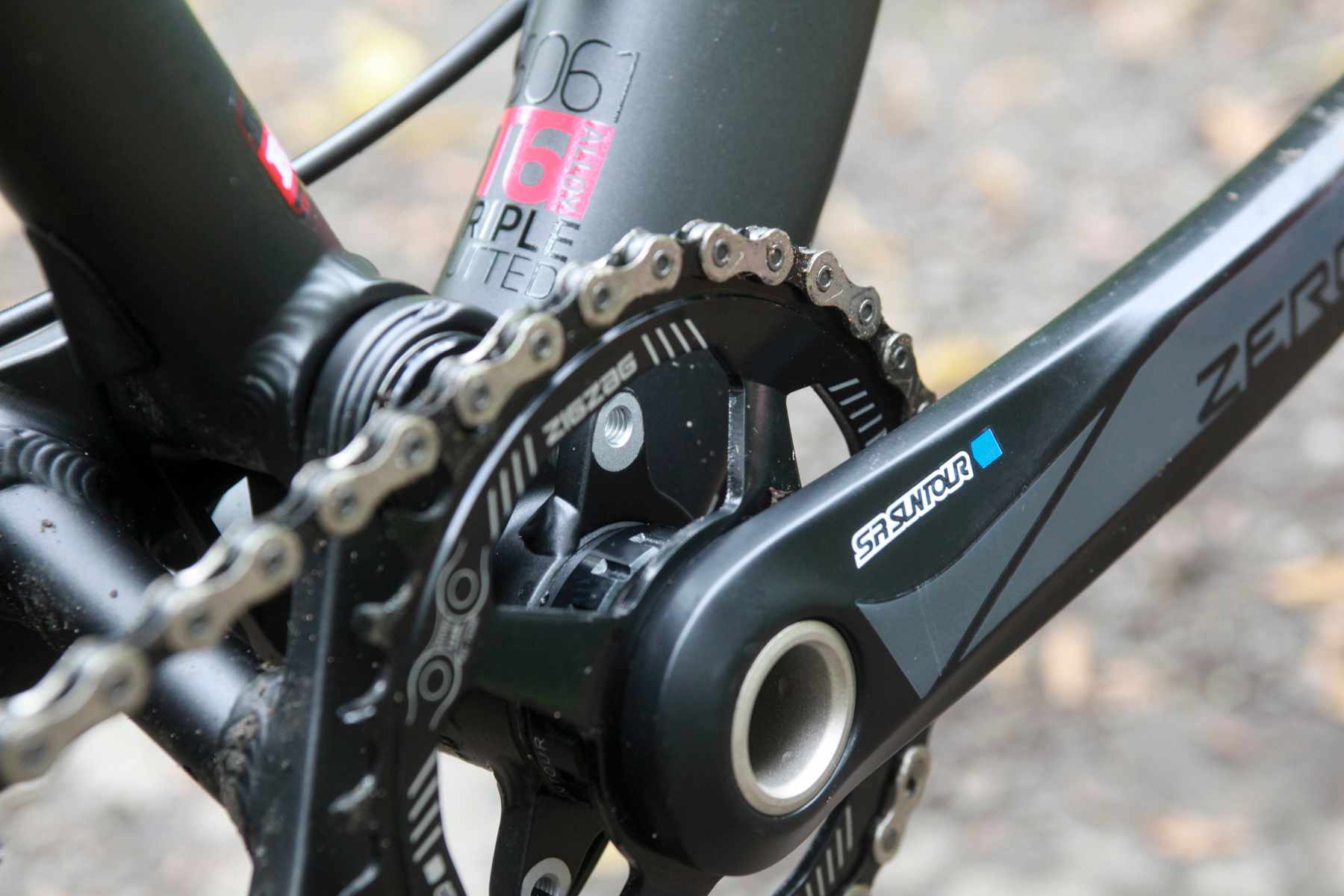
Getting the Dakar ready to ride was not without its issues. I found that the right hand crank had a dodgy thread that simply wouldn’t accept a pedal until I’d chased it out with a tap. And while the tyres and rims are both tubeless compatible, they proved to be a bit of an uneasy match, refusing to go up even with an inflation device. Eventually persistence paid off, but if you’re planning to go tubeless then you might want to get the shop staff to sort it.
The Ride
Out on the trail, the Jamis Dakar doesn’t quite capture the ride feel of bikes at a higher price point. A lot of this is down to the fork, which suffers from stiction, and doesn’t take the sting out of rougher sections of trail quite as well as RockShox’s low-end forks. With 32mm stanchions and a 15mm through-axle, it’s much stiffer than the budget forks of yesteryear, and on moderately lumpy trails it tracks well. But on proper rocky chunder your arms quickly get tired. I also noticed greasy black streaks appearing on the stanchions after rides, as if the moving parts of the fork were starting to wear, which doesn’t bode well for its longevity.
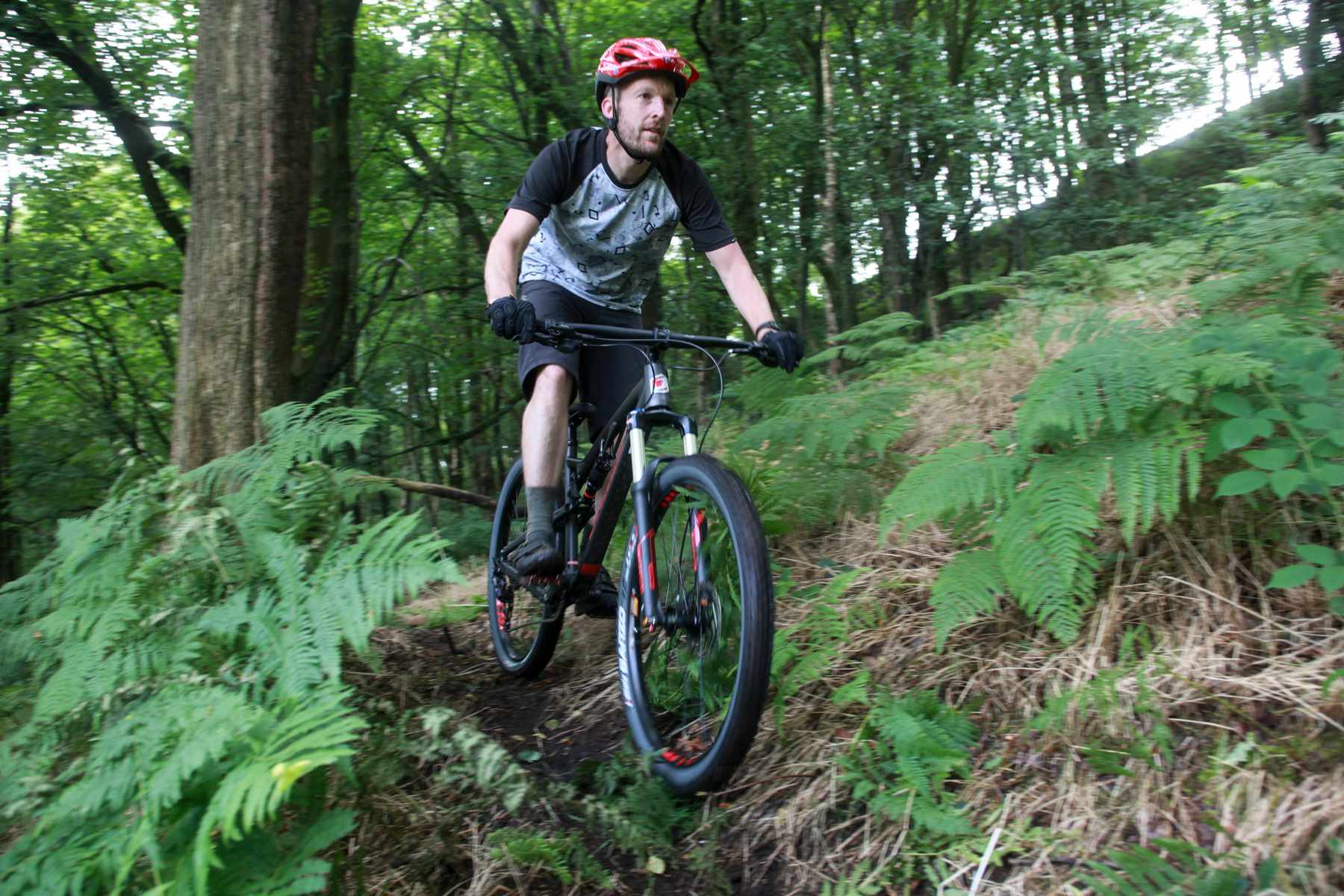
The rear suspension is much better. Despite the basic shock it doesn’t blow through its travel or bob around when climbing. 120mm travel isn’t that much for a trail bike these days, but it uses it well and delivers a fun, engaging ride while keeping the back end of the bike under control.
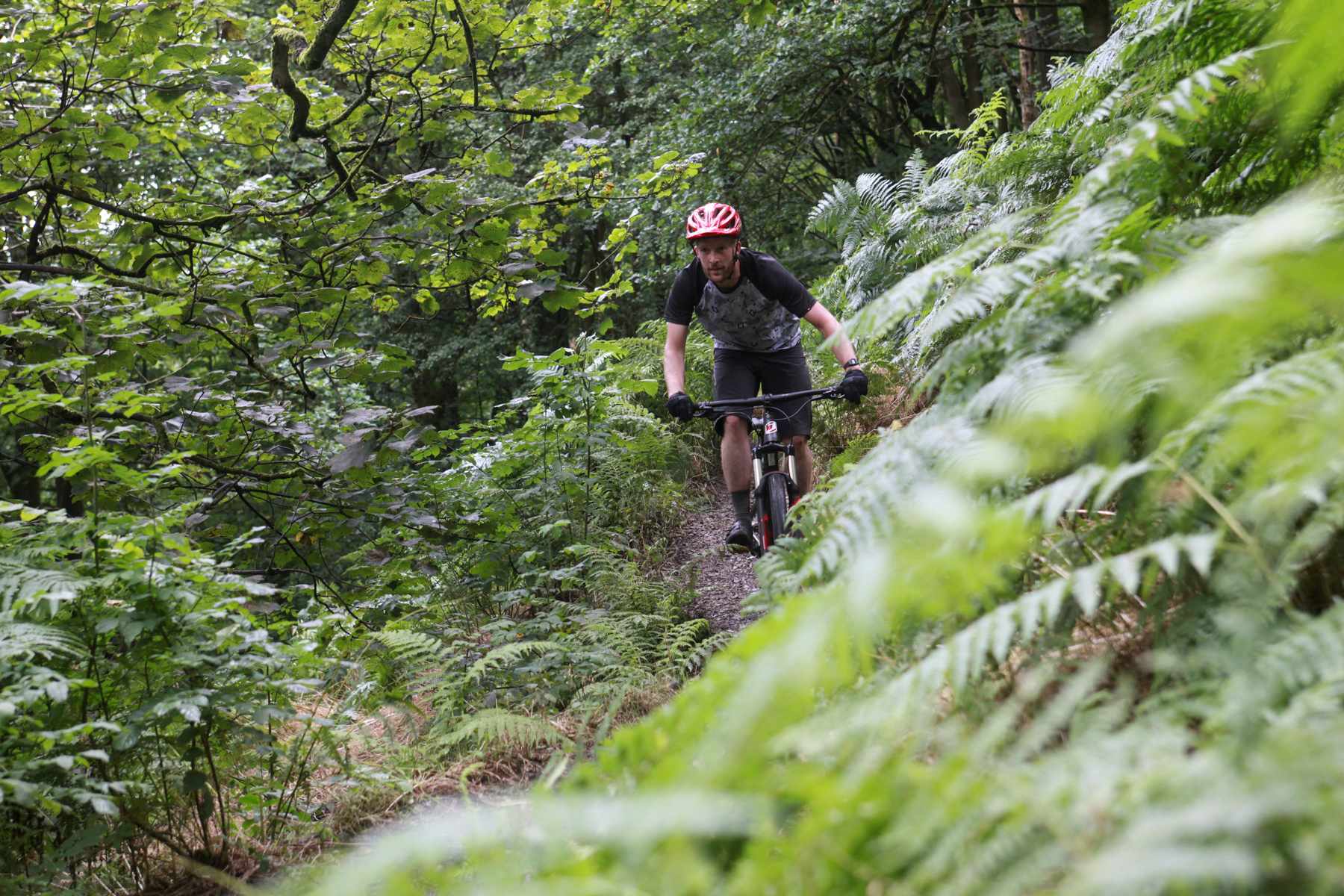
The Shimano MT200 brakes are another place where the Dakar’s tight budget shows. They lack the Servo-wave activation of Shimano’s slightly more expensive Deore brakes. To make up for this they’re equipped with a much longer lever, but they still feel underpowered. The rotors are labelled “resin pads only” and we’re reliably informed that swapping rotors and using sintered pads is a bad idea, as the seals are lower spec than Deores and might react badly to excess heat build-up. However, if you’re coming to them as someone who’s never used disc brakes before, their performance will be more than adequate.
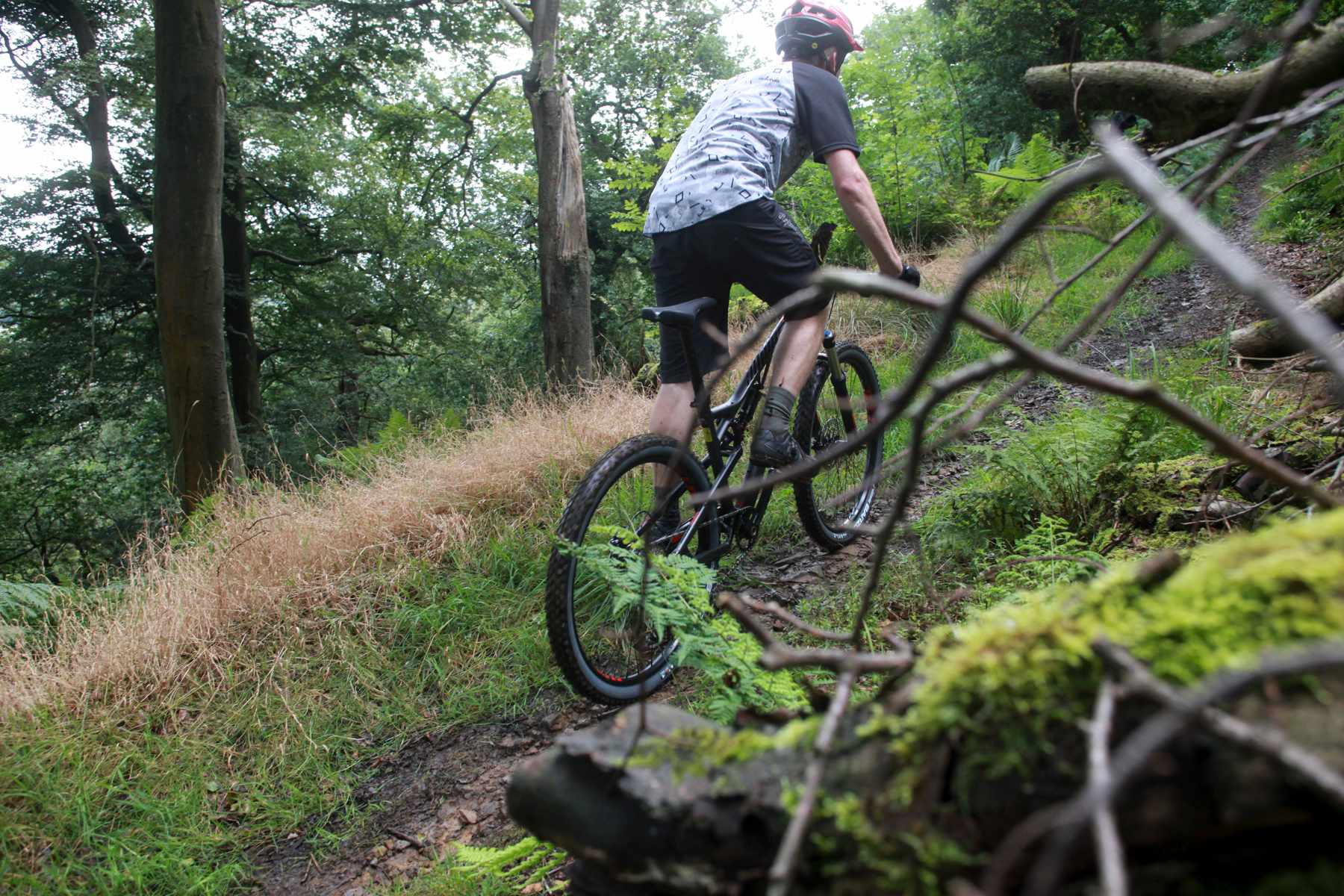
The Vittoria tyres looked like they would be fairly hopeless as soon as things got mildly moist, but managed to deliver a decent amount of grip in most conditions. As the tyres lack the defined edge of some tread patterns, slinging them into flat turns with abandon isn’t recommended. There was the odd moment where the stiff fork and the skittery tyres ganged up on me on off-camber sections of trail, suddenly moving the front wheel six inches or so away from where I expected it to be, but in general they behaved just like a knobblier set, with the bonus of a bit of added rolling speed. After the trauma of setting them up tubeless, they held air well. I managed to nip a hole in one tyre close to the bead on a particularly fast rocky descent, but it sealed up.
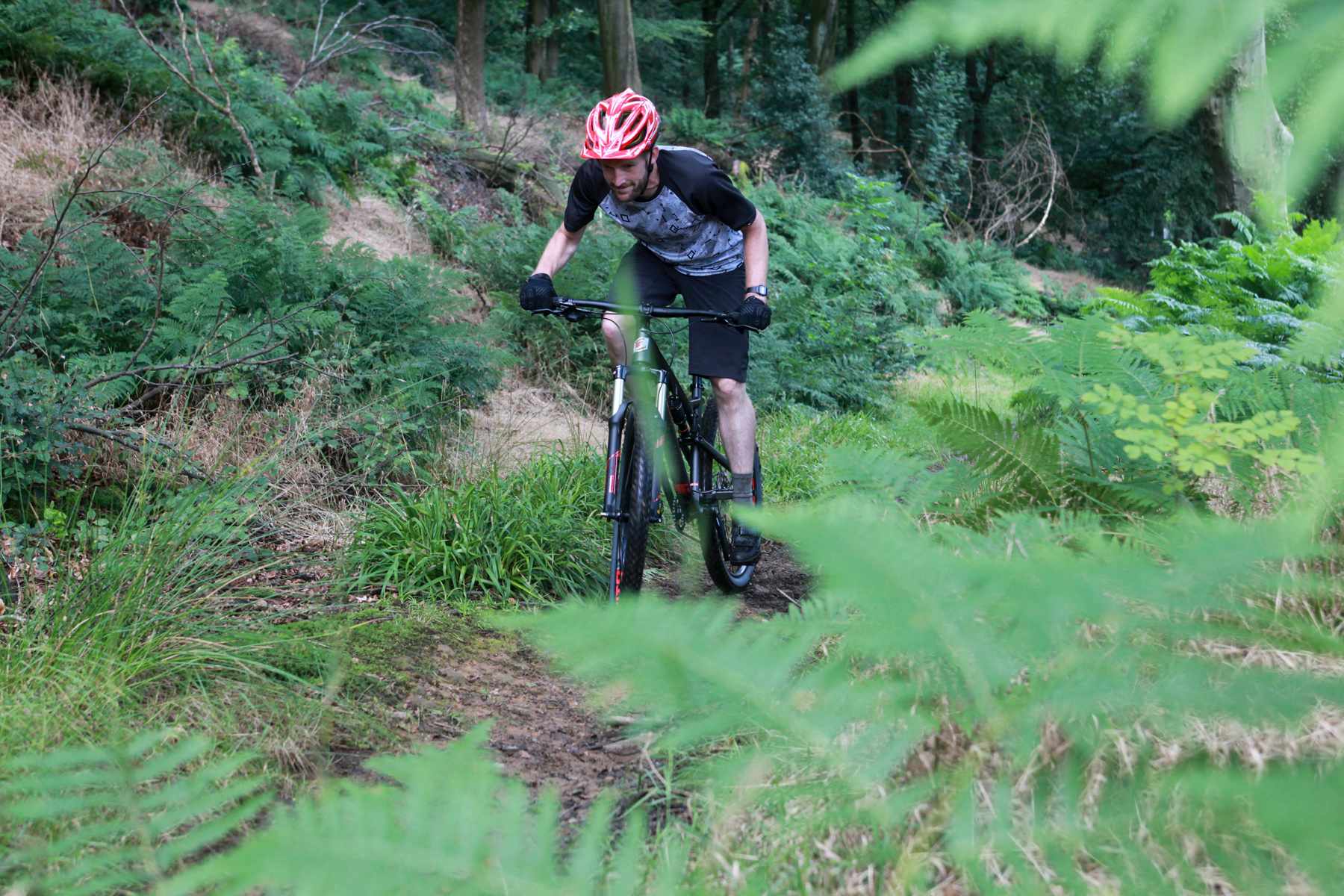
The Jamis Dakar has relatively conservative geometry, but that doesn’t mean it’s not fun to ride – in fact it has the sort of measurements that would have been found on most mountain bikes just a few years back. The wide bars give you plenty of control, and the stiff frame inspires confidence. Unlike some bikes which climb a lot better than they descend, or have efficient suspension but seem stuck to the ground, it does everything pretty well.
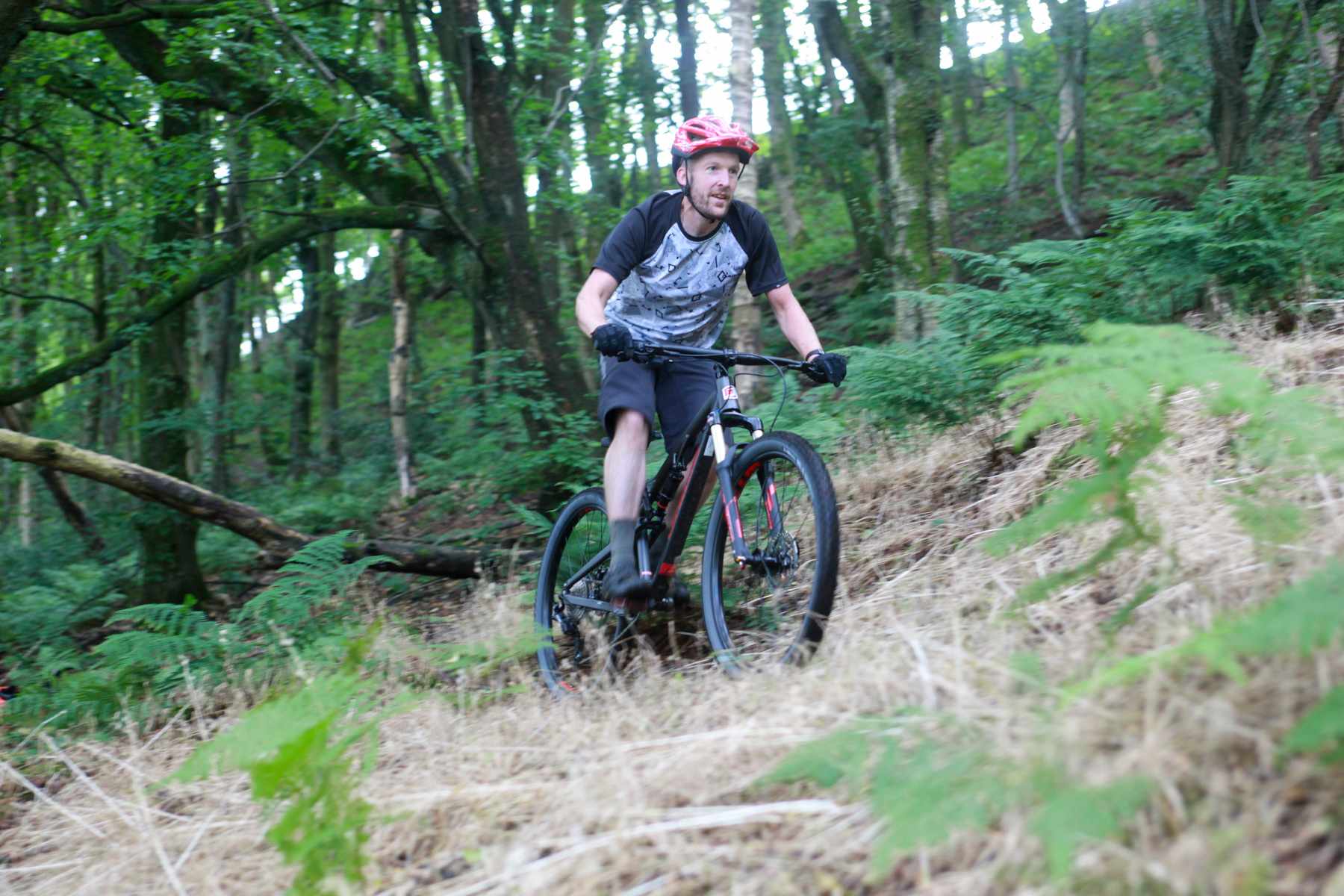
Three Things That Could Be Improved
- The bike has been around for a couple of years and is starting to feel a bit dated.
- Shimano’s MT200 brakes aren’t in the same league as their series offerings.
- The SR Suntour Raidon fork feels out of its depth on rougher trails.
Three Things I Loved
- The quality and detailing of the frame is excellent for a bike that costs less than most full suspension frames.
- A sorted stem and bar combo keep everything under control.
- Setup may be fiddly, but tubeless-ready wheels and tyres are really nice to see at this price point.
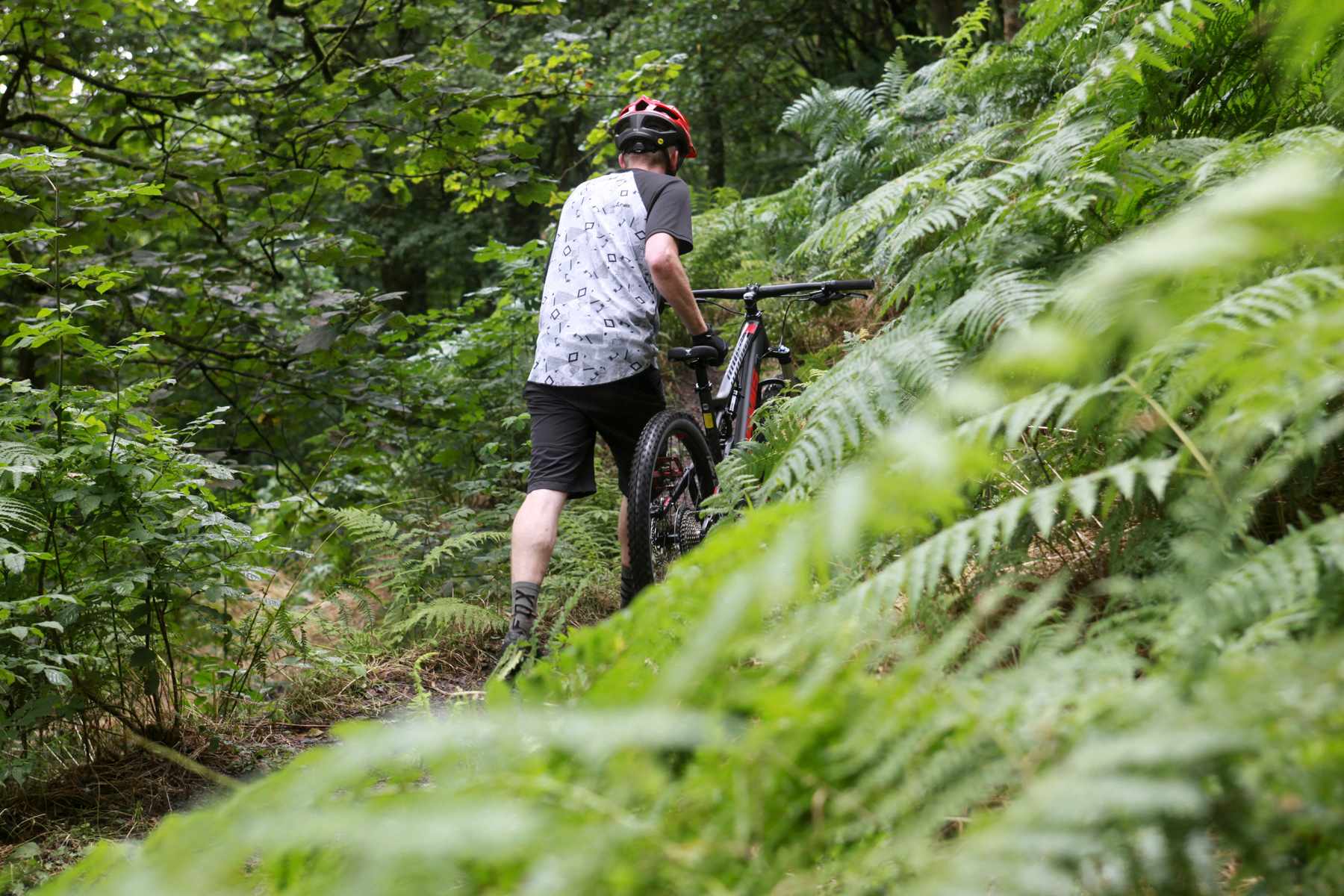
Overall
The mountain bike world is a funny old place. If you want you can spend £1,000 on a chainset, and £100 on a set of grips. Or you can spend that much on an entire bike. The budget market for mountain biking seems to be getting better every year and the Jamis Dakar feels like a big step up from the last Evans full susser I tested at this price point. It doesn’t quite have the up-for-anything, playful character of the budget bike benchmark, the Calibre Bossnut, but it boasts a much more refined frame. The non-Boost fork and wheels aren’t ideal, but they do open up the possibility of cheap upgrades via the second hand market.
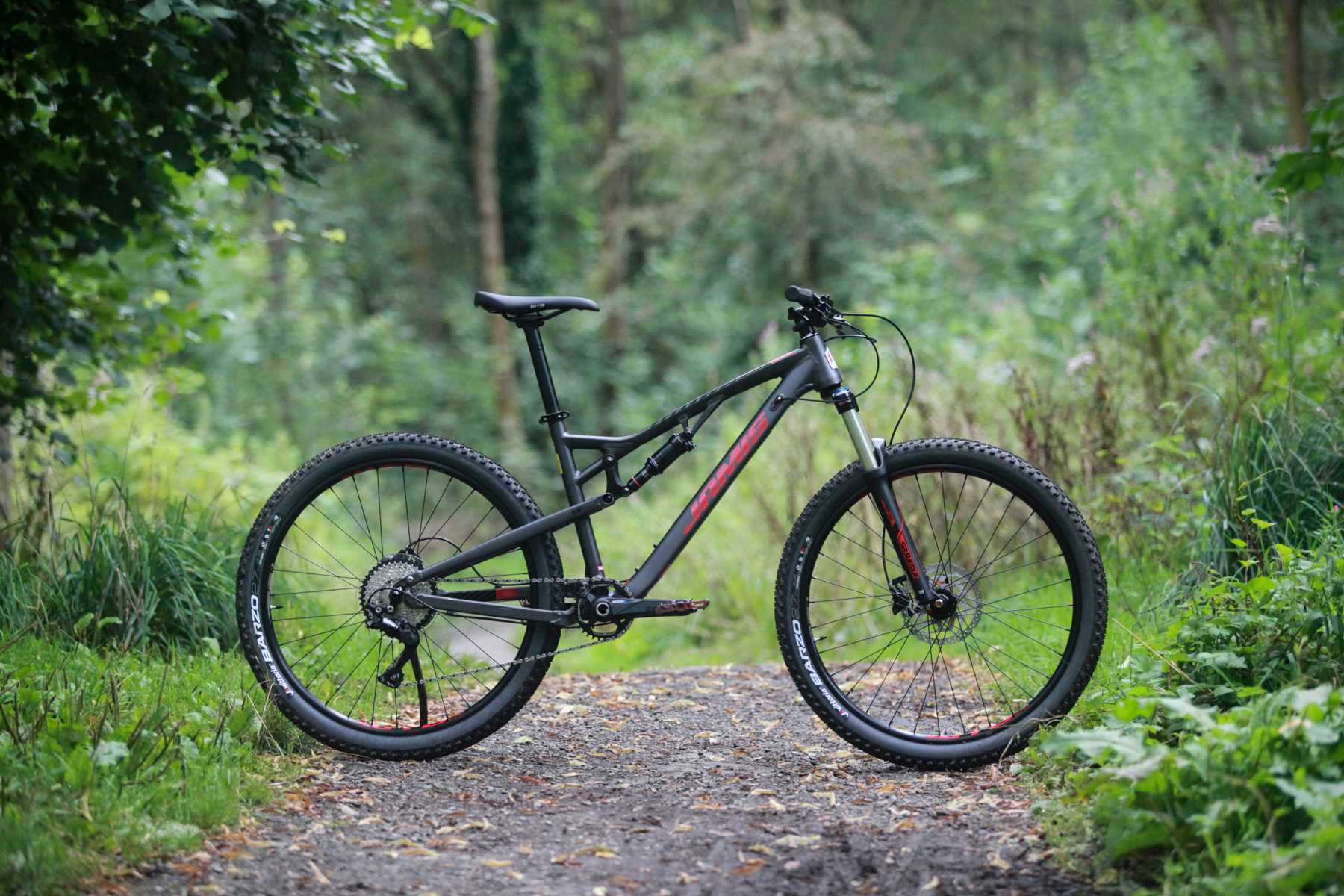
Getting a full suspension bike down to this price inevitably involves some compromises. The absence of a dropper post is understandable, and helps keep the weight down, but the SR Suntour fork in particular doesn’t do the bike justice. However if this your first full suspension mountain bike, then you’re liable to be too busy enjoying yourself to notice.
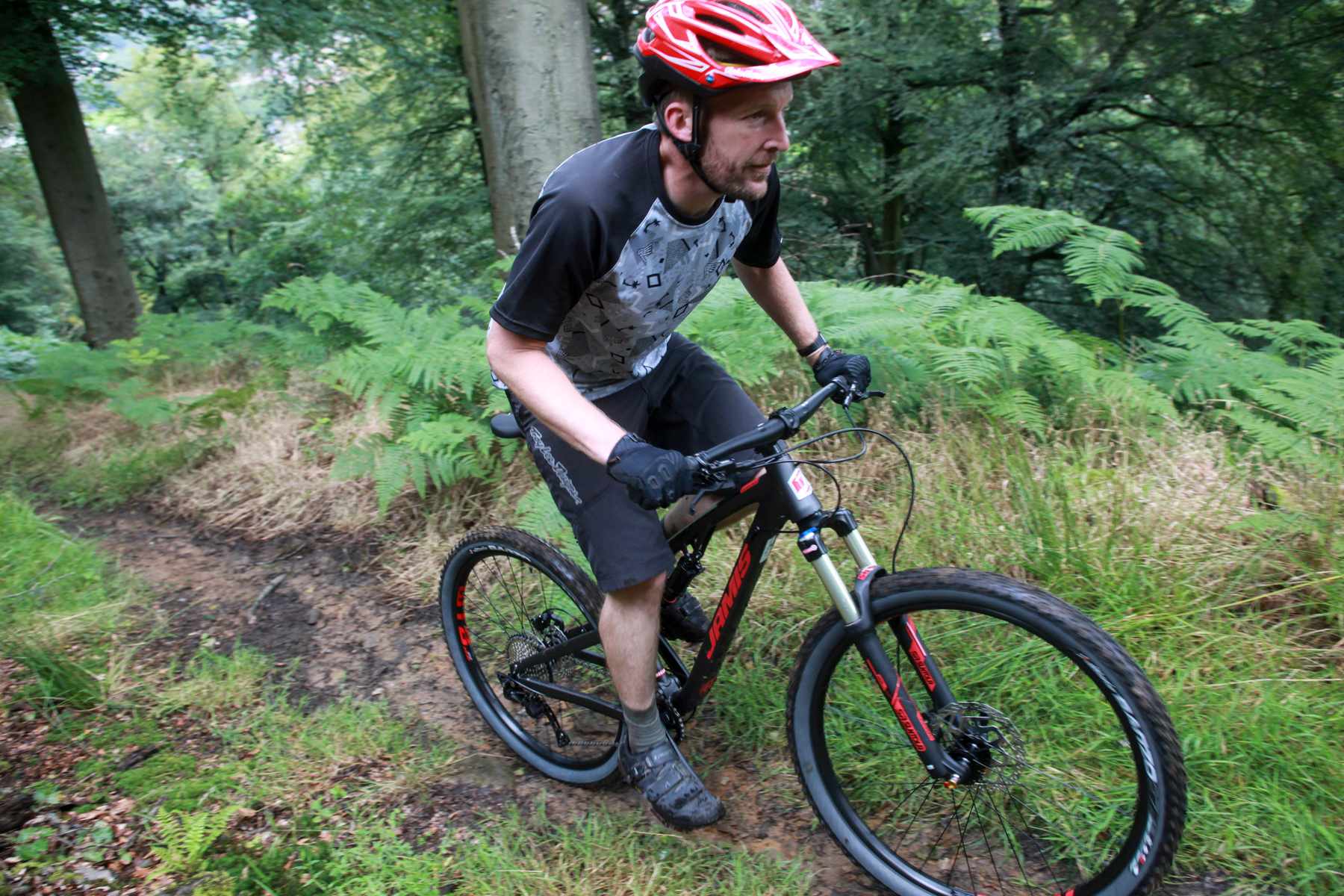
Jamis Dakar A2 Specification
- Frame // Triple-butted 6061 alloy, 120mm travel MP2 Suspension system.
- Rear Shock // RockShox Monarch R air shock.
- Fork // SR Suntour Raidon LOR 27.5in
- Rear Mech // Shimano Deore Shadow Plus, 10 speed.
- Shifter // Shimano Deore, 10 speed.
- Chainset // SR Suntour Zeron, 32T
- Bottom Bracket // SR Suntour External.
- Cassette // Shimano HG500, 10 speed.
- Chain // KMC X10, 10 speed.
- Brakes // Shimano MT200 hydraulic disc 180mm front, 160mm rear.
- Handlebars // RaceFace Ride 35 x 760mm.
- Stem // RaceFace Ride. 50mm.
- Headset // FSA Orbit 1.5 Zero-stack.
- Grips // Jamis Lock-on
- Rims // WTB STX i25 TCS 27.5in.
- Hubs // Formula 15×100 front, 12x142mm rear.
- Tyres // Vittoria Barzo, 27.5 x 2.35in, tubeless ready.
- Saddle // WTB Volt
- Seatpost // RaceFace Ride 31.6 x 400mm.
- Confirmed weight // 31.46lbs
- Price // £1100

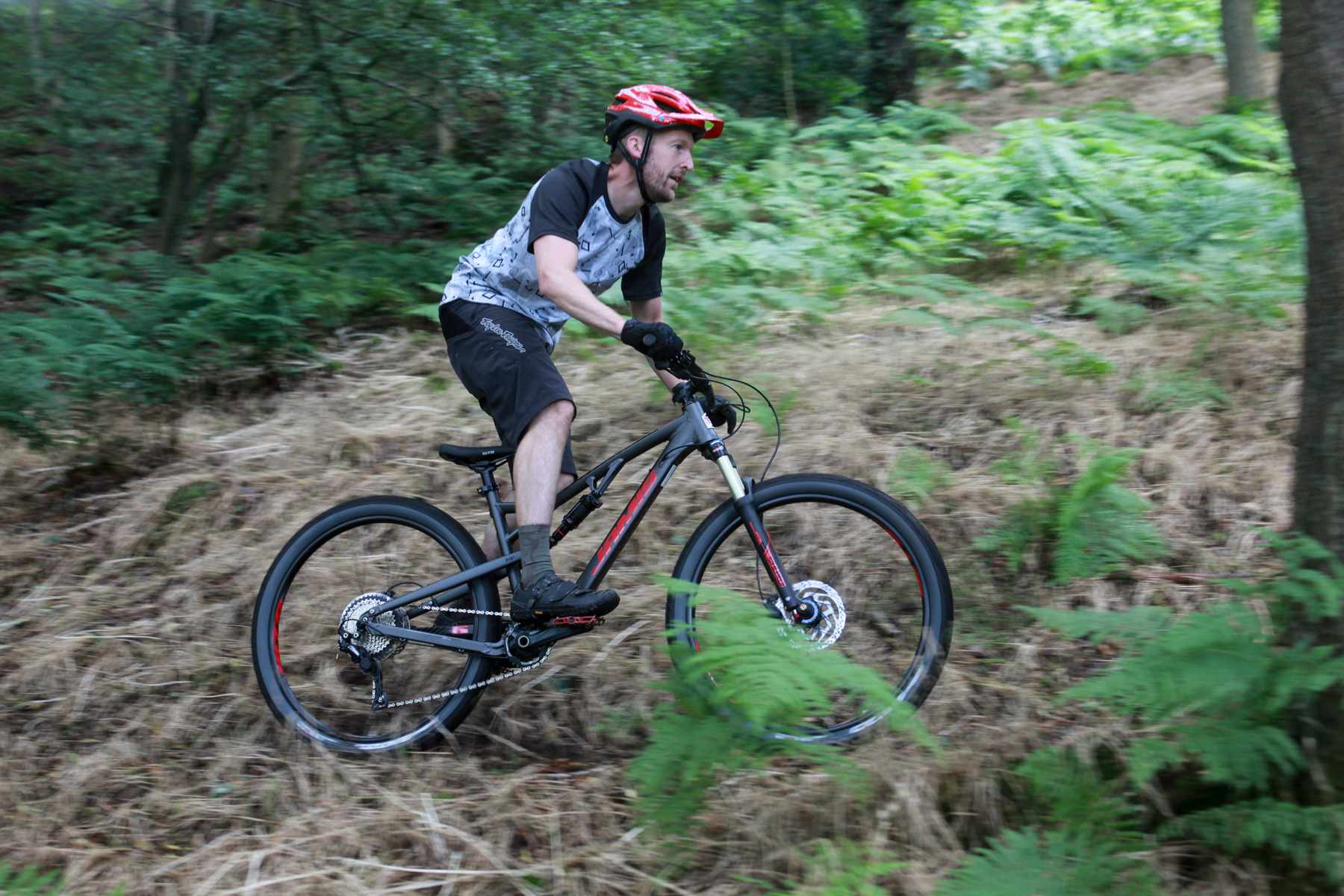




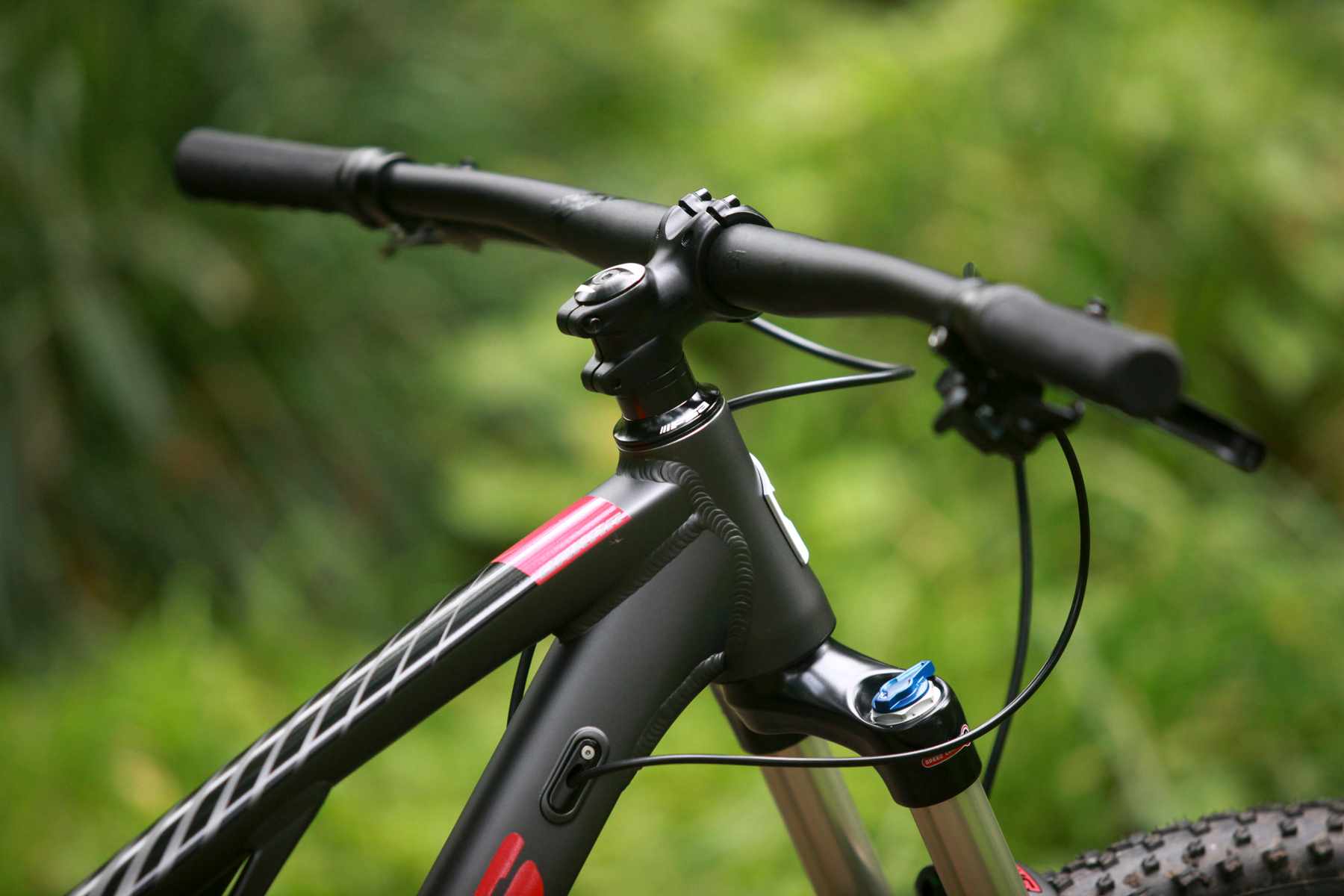
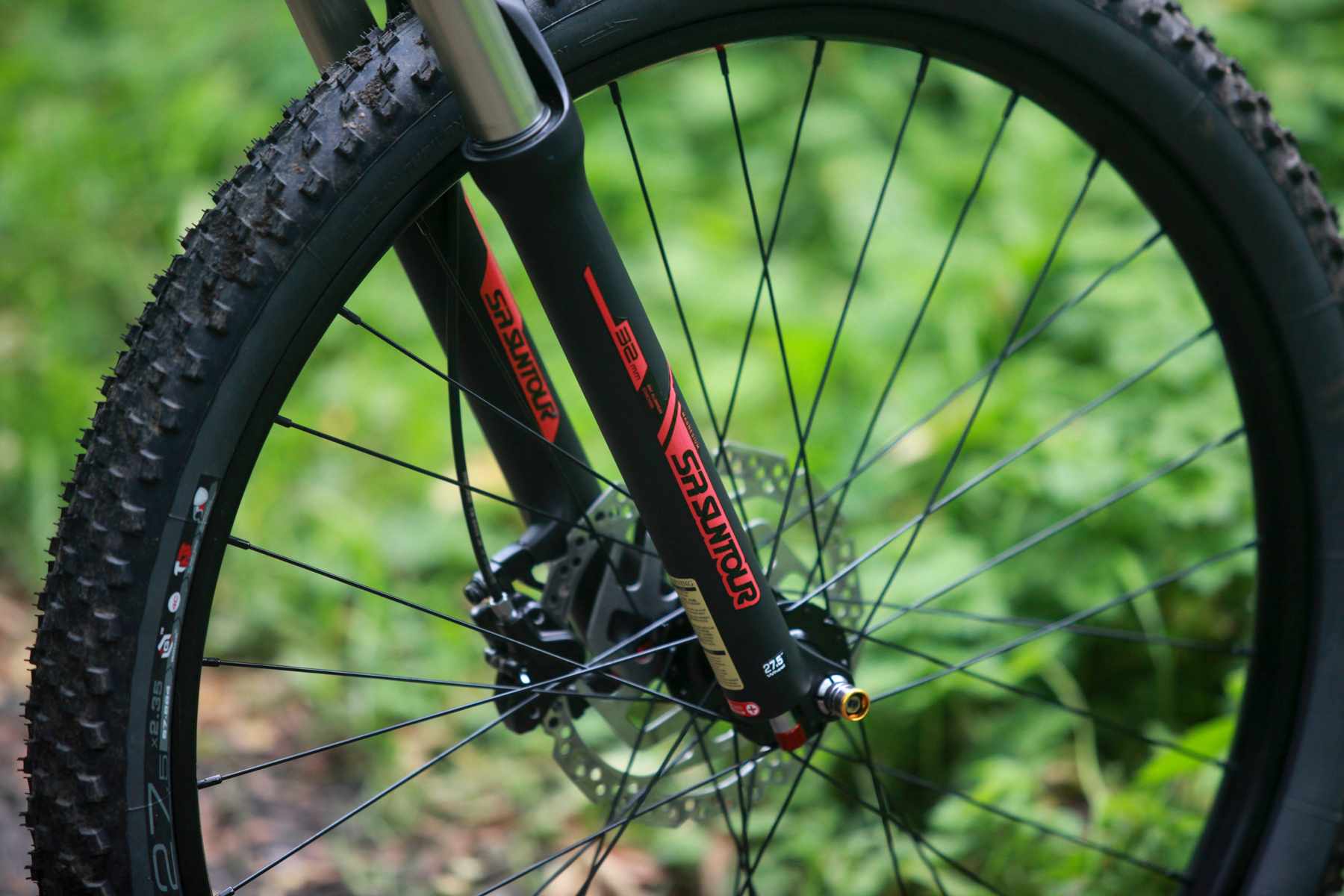
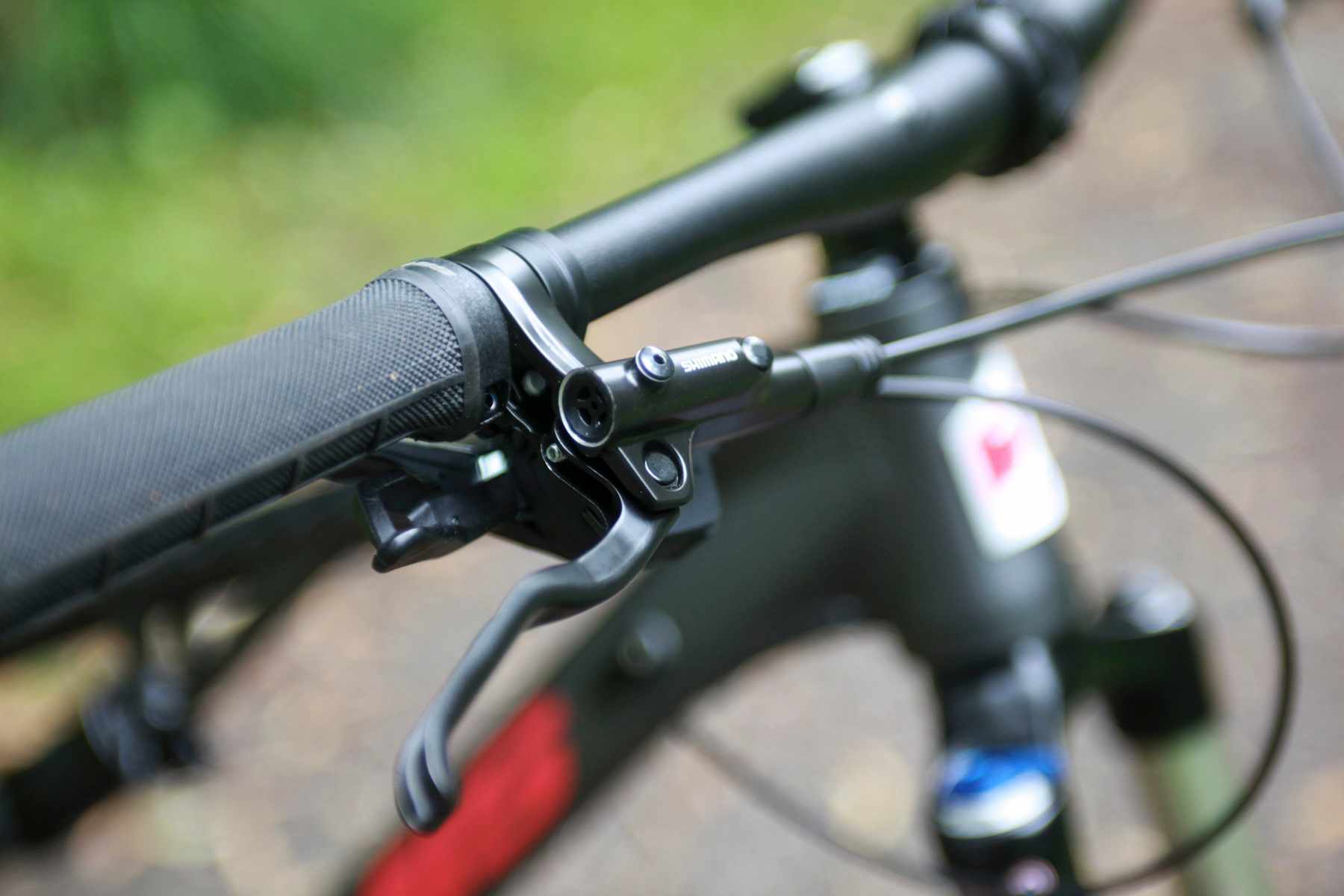
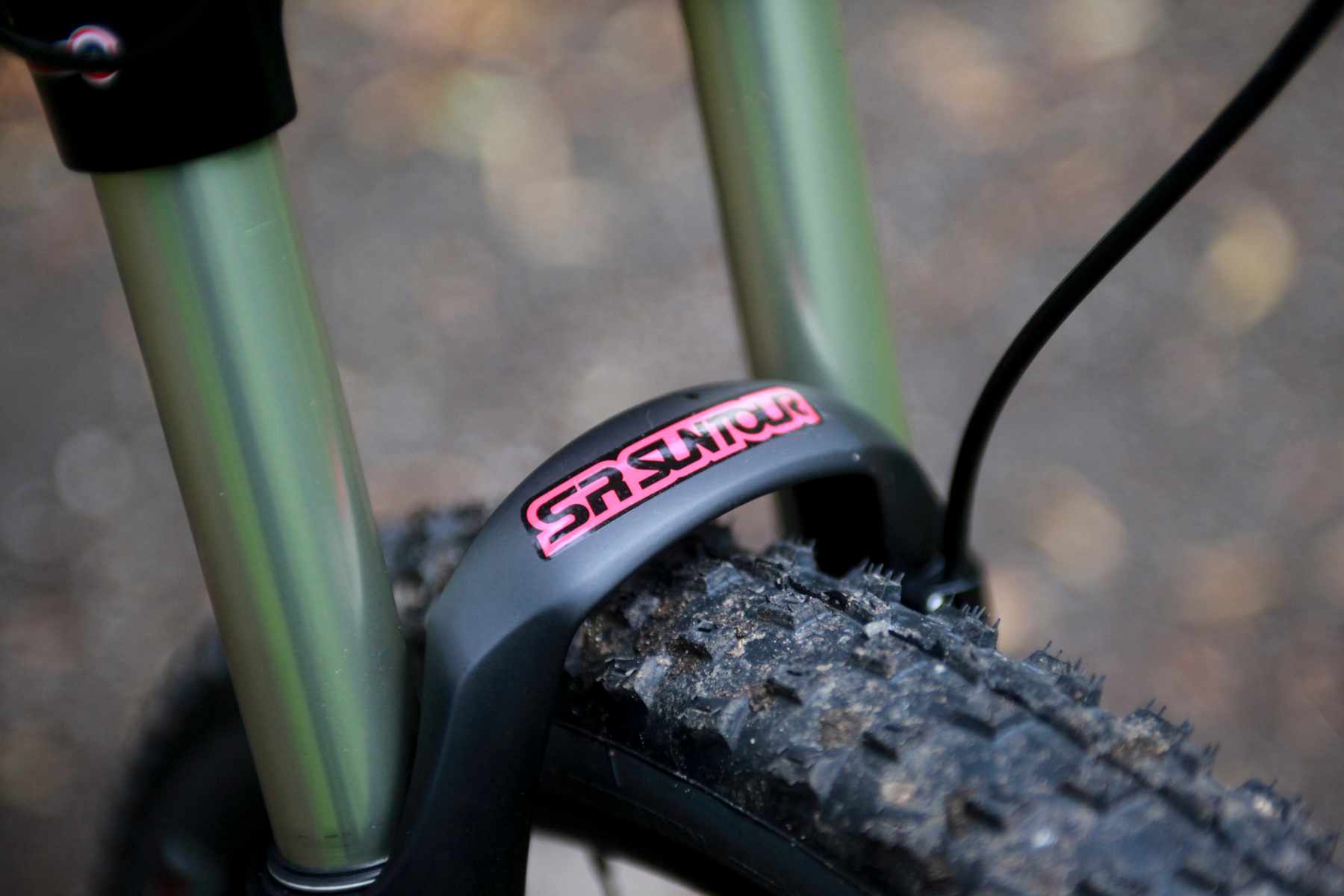
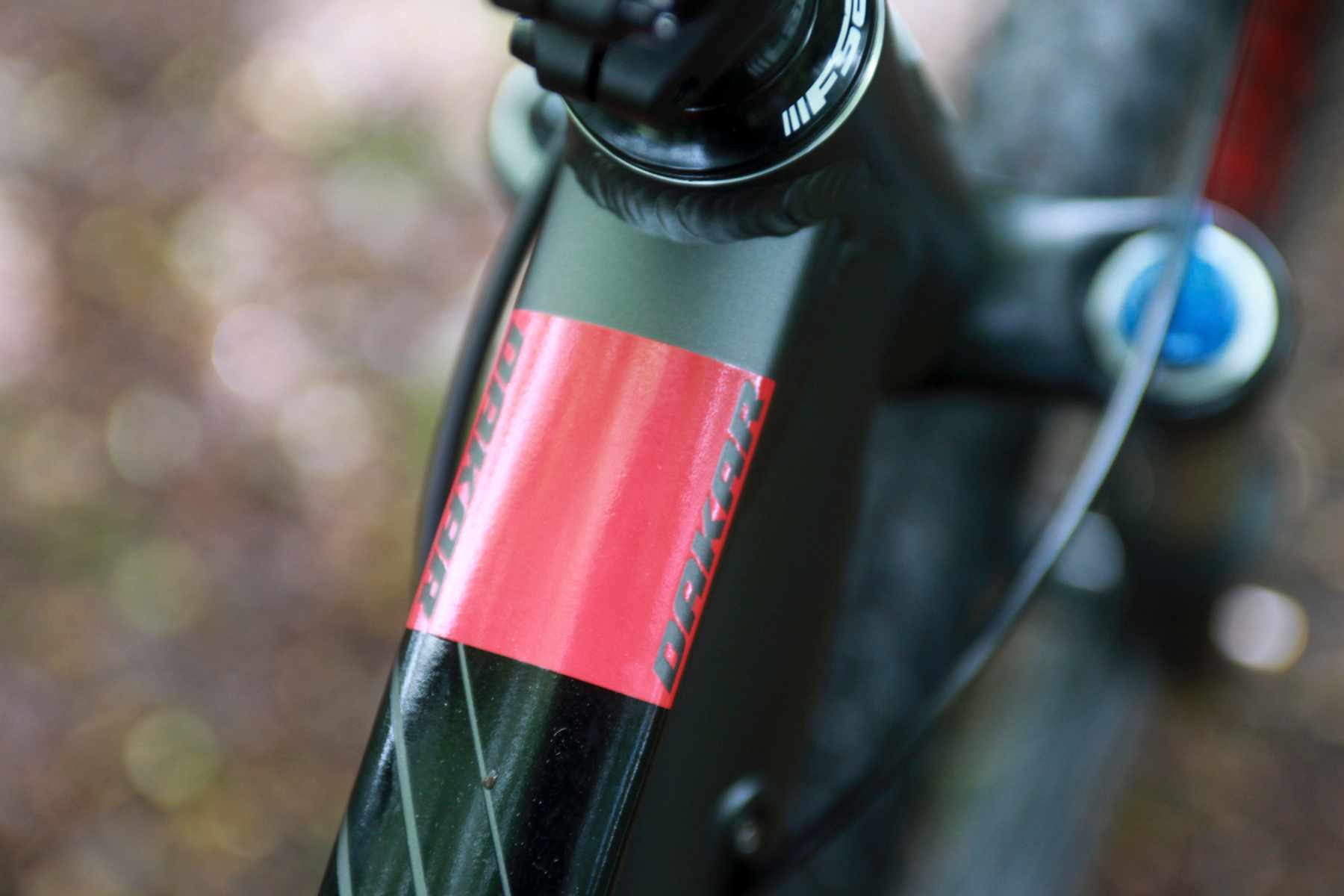
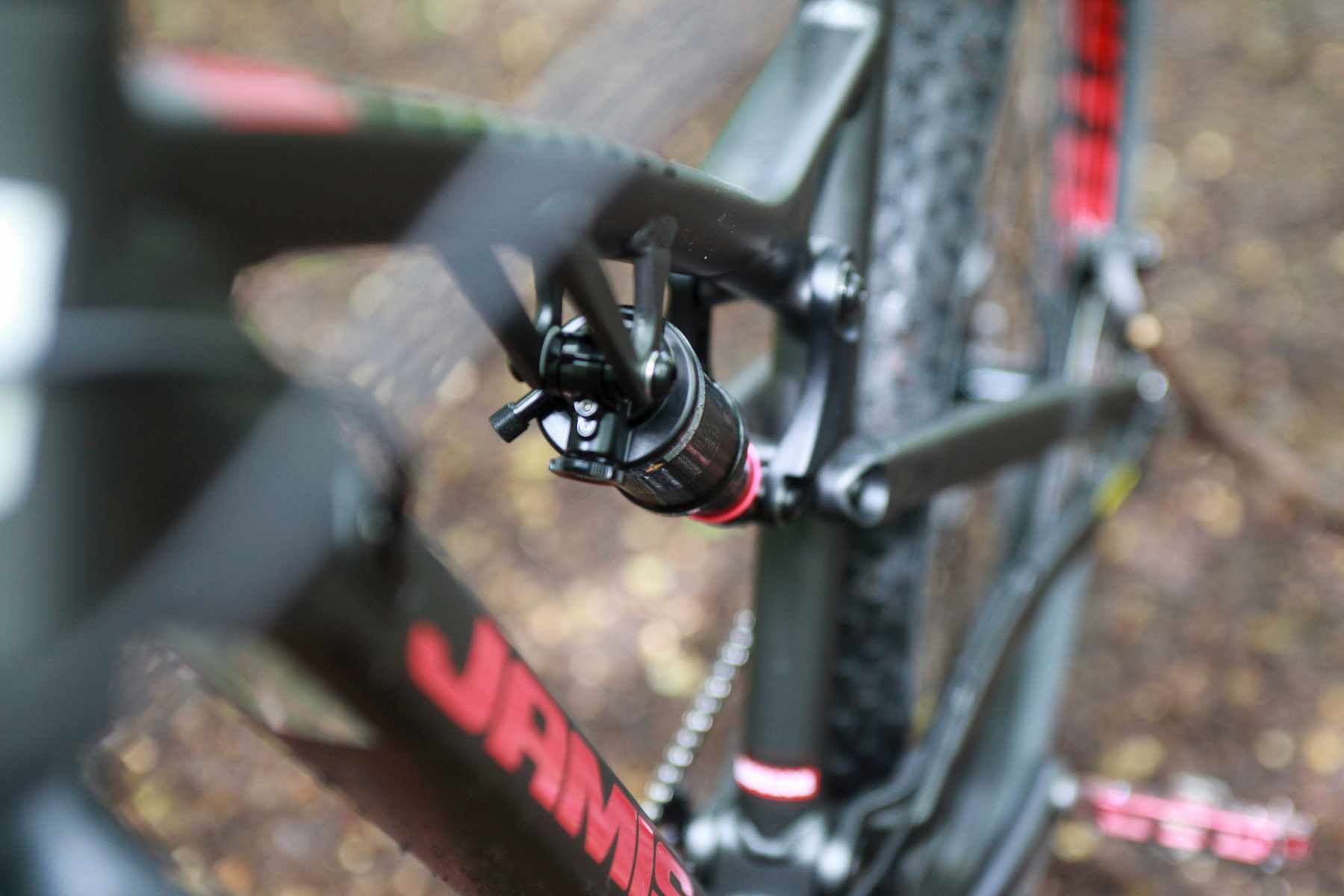
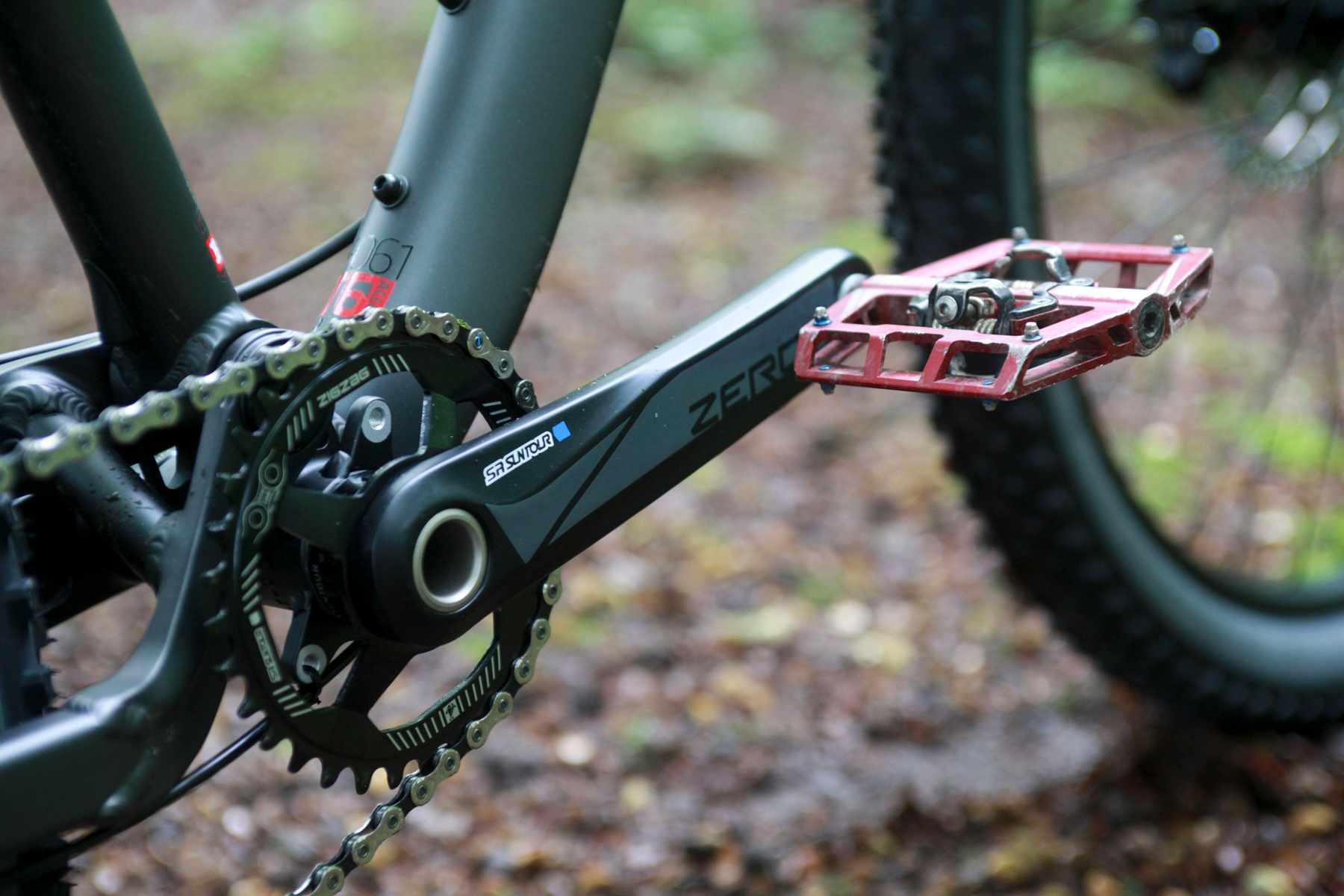
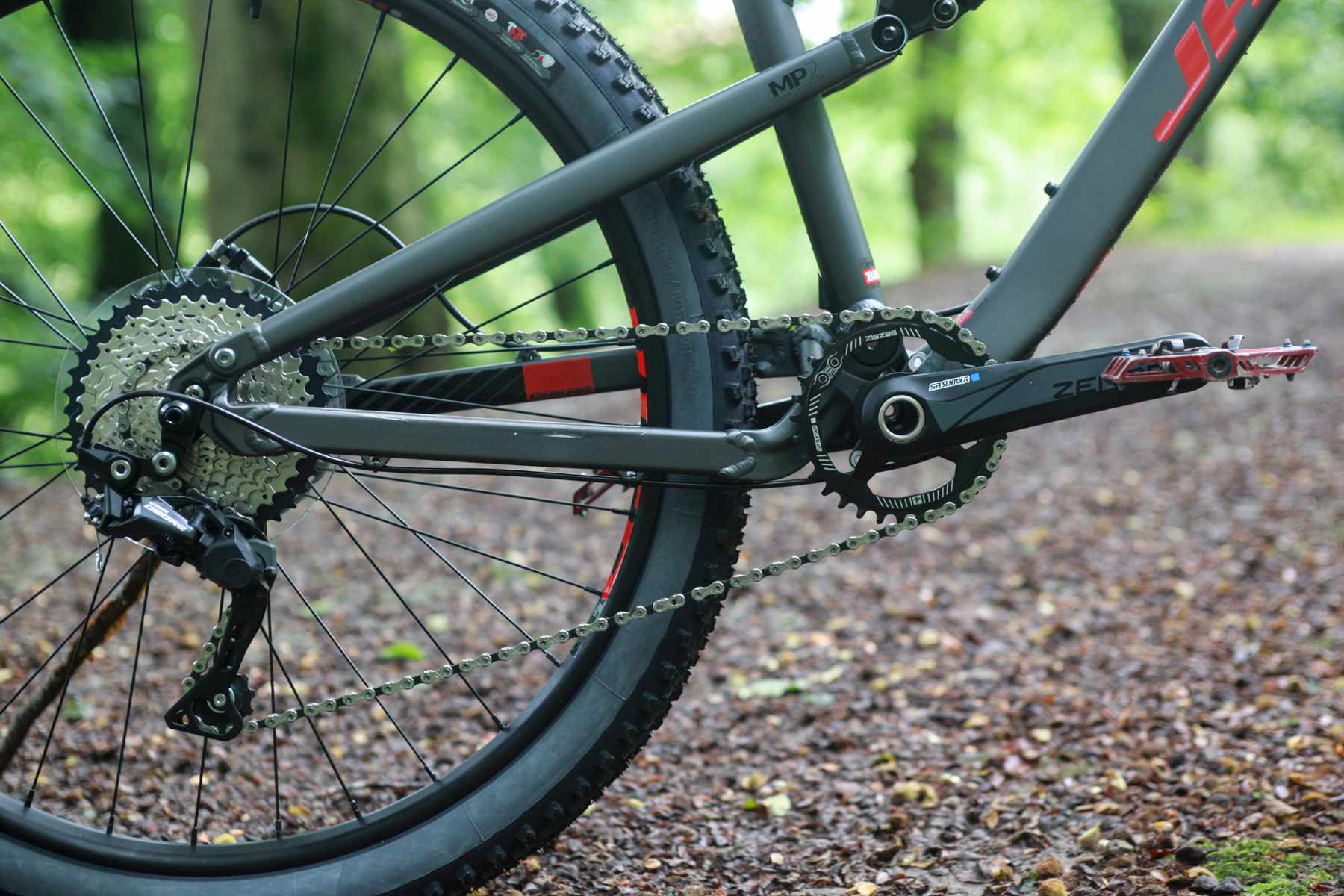
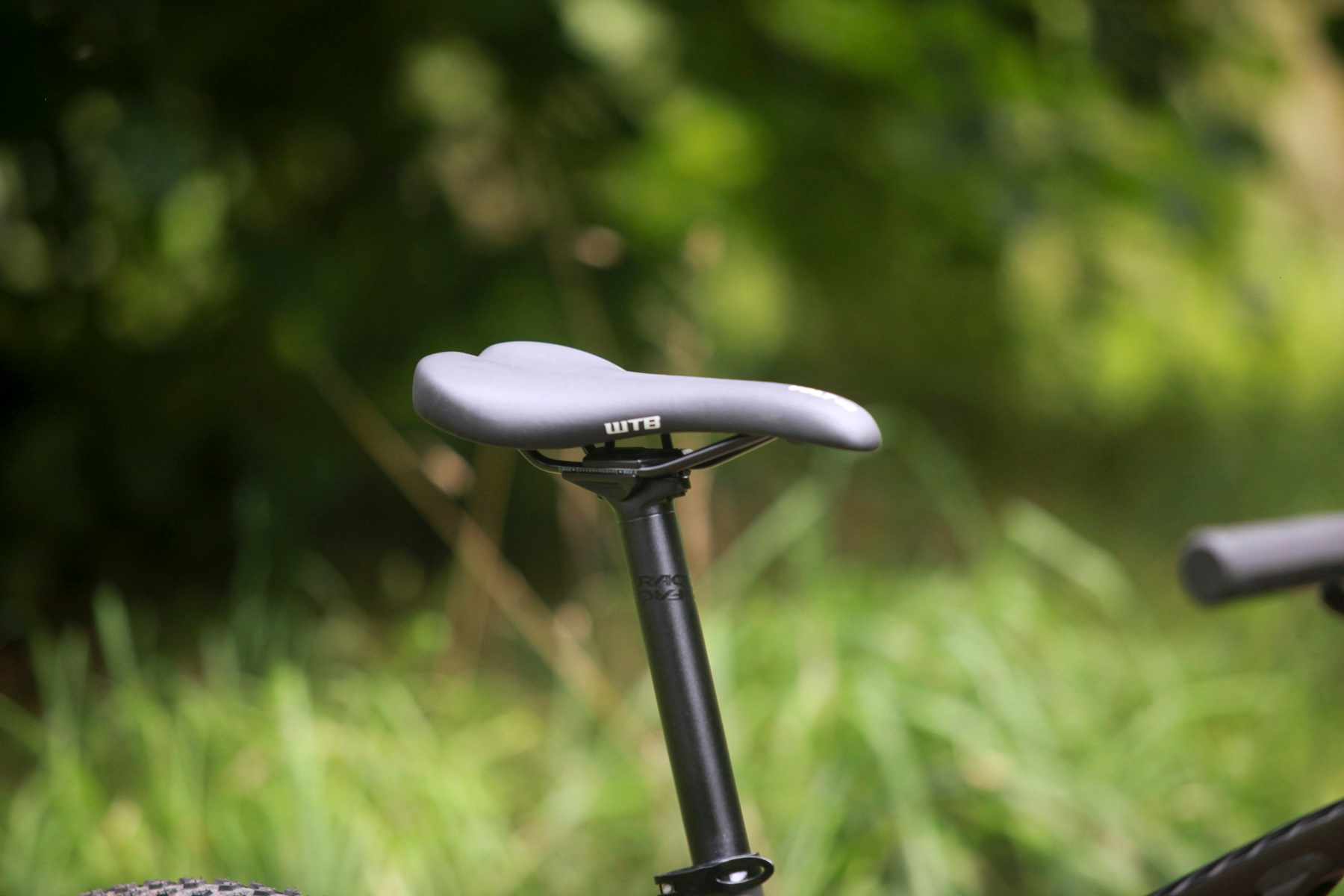
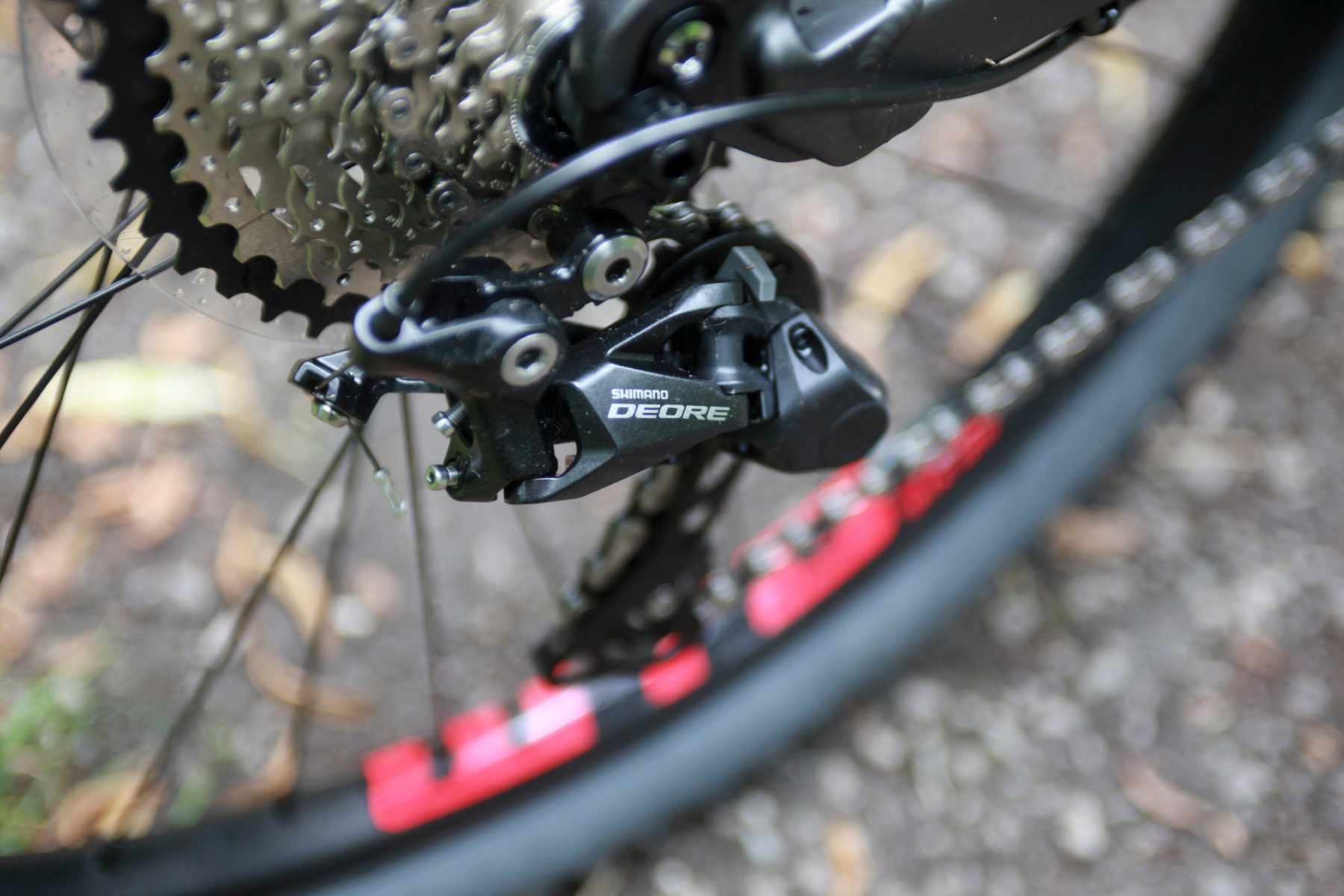
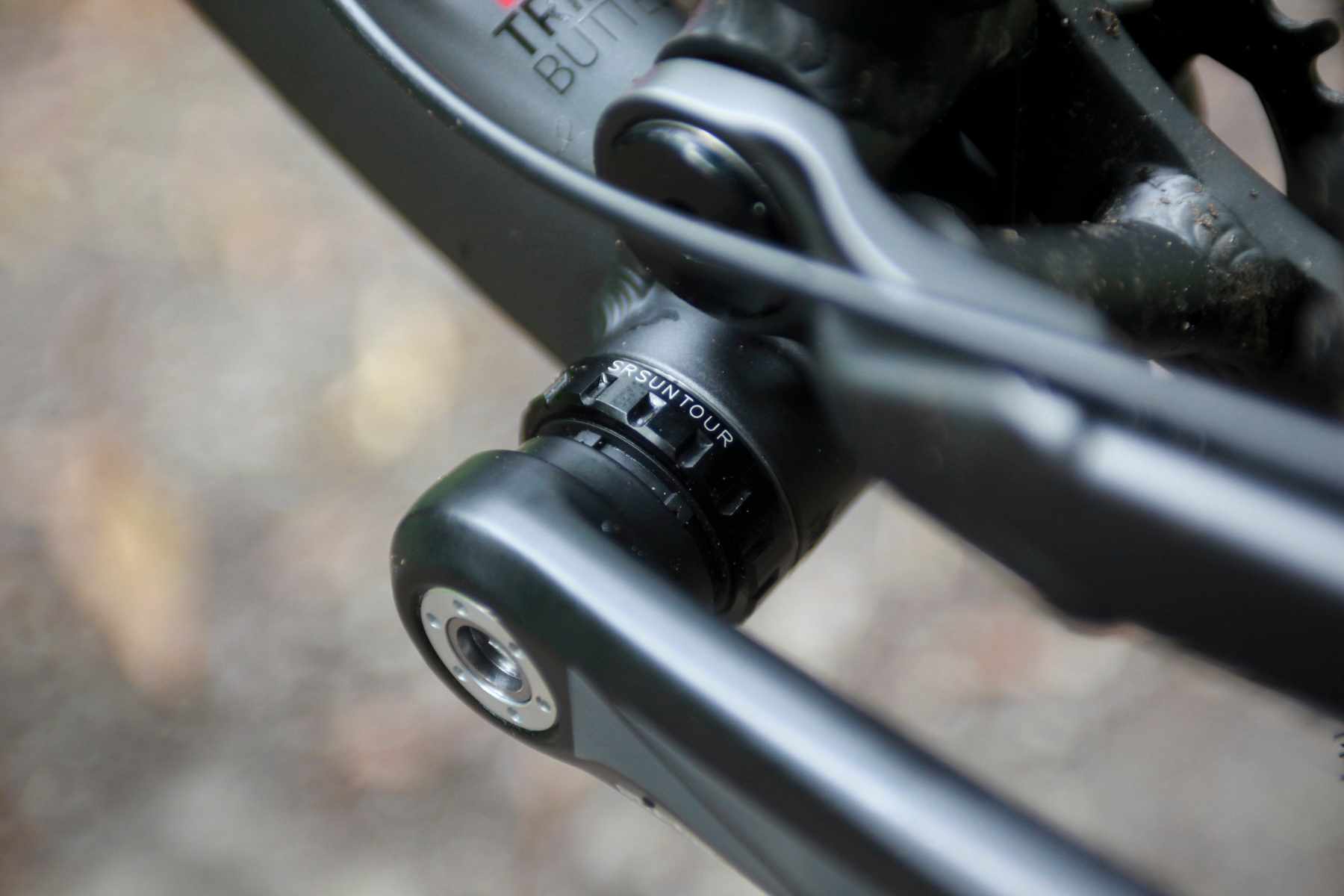
Thanks for this, I’m very much target market and did indeed just buy it thro the ride to work scheme.
Tempted to rob some slightly better parts off my HT. I’m off to Afan this weekend so will see how it copes – you convinced me to get the shop to get it tubeless!
villageidiotdan, you can set it up yourself, but I found it took quite a few goes to get the tyre to seat properly. Probably not what you want if you’ve got a trip coming up.
I have the A1 and have fitted offset bushings. Have found it copes with everything I have thrown at it. Mostly blue and red level tracks. The large size looks lovely with the swooping too tube.